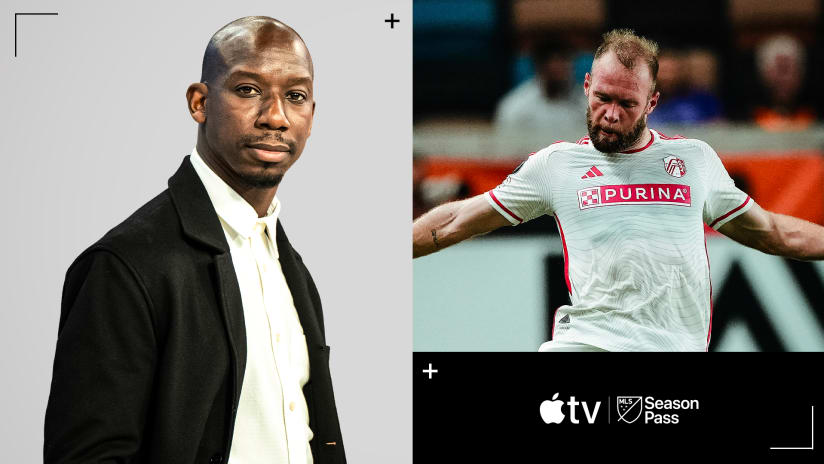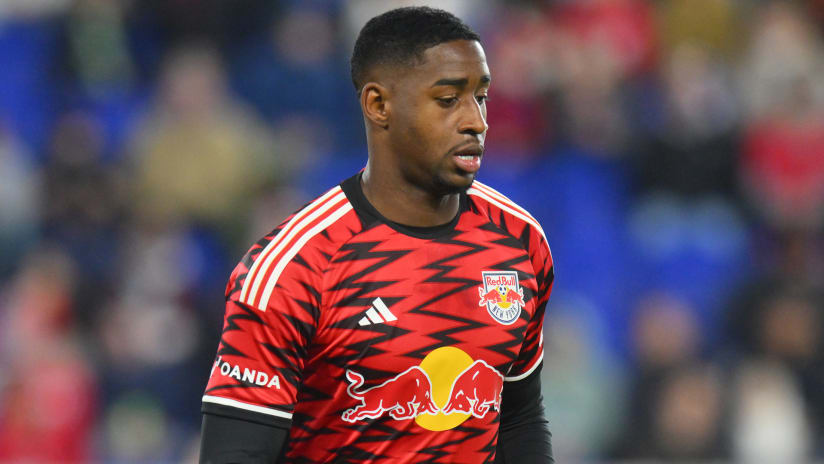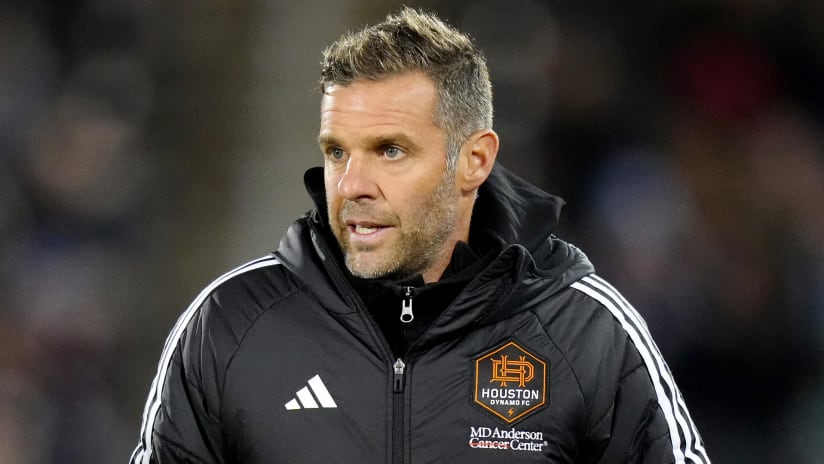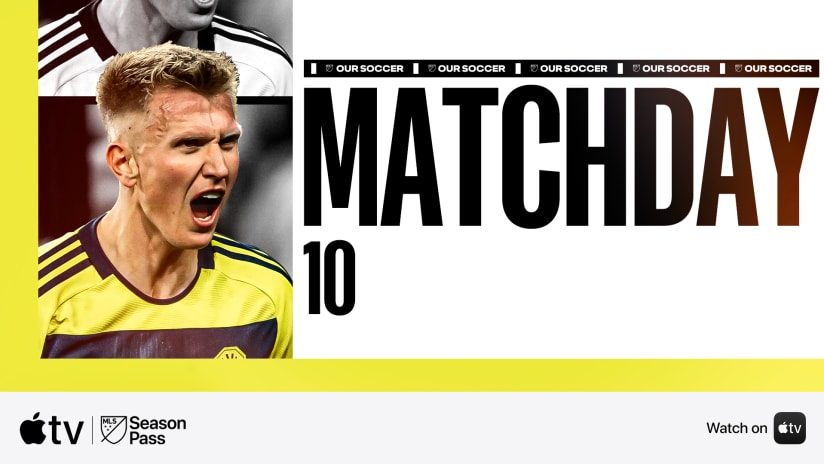In 1997, Major League Soccer, in conjunction with Nike and U.S. Soccer, began 'Project-40,' a program designed to give the top young American players the opportunity to leave college early (or bypass it entirely) and become professionals. For the United States to become a world soccer power, it was argued, the most promising youngsters needed to be in professional environments, learning from the best coaches and practicing against experienced veterans everyday, as is the case in other countries.
Over the years, D.C. United have had some of their best players come from Project-40, now called "Generation adidas," including Bobby Convey, Santino Quaranta and Freddy Adu, but none of those has meant as much to the team as their first-ever Project-40 player, Ben Olsen.
Following a 1997 season in which he totaled 19 goals and 16 assists in 23 games for the University of Virginia, Olsen left school as a junior to come to the two-time defending MLS Cup champions, reuniting him with Bruce Arena, who had coached him in his freshman year before coming to United.
In that first season, Olsen was a revelation on the right side of midfield, using his remarkable speed and boundless energy to contribute to the attack, most often as a substitute. But it was obvious that Olsen needed to be in the starting lineup, and Arena moved Tony Sanneh to right back, or played a 3-5-2, to have them both on the field. Captain Marco Etcheverry took Olsen under his wing to work on aspects of his game, and the results paid off. Olsen finished off the year with four goals and eight assists, and was deservedly named the 1998 Rookie of the Year.
Olsen's breakout year was 1999, during which he became one of the best midfielders in the nation and scored five goals and 11 assists during the regular season. But the goal that everybody remembers from that year took place during the MLS Cup in Foxboro, Mass. Seconds before halftime, Los Angeles Galaxy goalkeeper Kevin Hartman botched a clearance and an onrushing Olsen pounced and put the ball into an empty net to give United a 2-0 lead, which they did not relinquish. For the goal and his non-stop hustle on both sides of the ball, Olsen was awarded the MLS Cup MVP.
A rising star on the champions and a fixture on the U.S. national team, the 2000 season was looking to be even better than 1999. But United got off to a horrible start, losing their first two games, and they would have lost the third if not for some late-game heroics by Olsen, in which he notched an assist and a goal in stoppage time to give United a 3-2 victory over the Chicago Fire.
But two months later, also against Chicago, Olsen injured his ankle in a collision with Fire goalkeeper Zach Thornton, causing him to miss six weeks of action, including the start of World Cup qualifying. He healed in time to appear as an overage player for the U.S. U-23 team at the Olympics in Sydney after the MLS season, helping the Americans to an unprecedented fourth-place finish.
During Olsen's rookie season, many fans believed that he would play in MLS for about three years, make his name with the national team, and then a European club would open up their checkbook for him. He was given that opportunity during a loan spell to Nottingham Forest of the English First Division after the 2000 season, briefly returning to United to score a game-winning goal against Alajuela of Costa Rica in the CONCACAF Champions Cup in January 2001.
While he quickly became a fan favorite in England and Forest was prepared to make an offer for him, Olsen fractured his ankle shortly before the loan period ended, and he was forced to miss the entire 2001 MLS season. Various setbacks, including the late discovery of a sliced tendon, prolonged his recovery, and as the 2002 season got underway, United fans wondered it he would ever play again.
On July 27, 2002, 18 months and four operations since his last appearance for D.C. United, Olsen returned to the field as a halftime substitute to one of the loudest ovations I've ever heard at RFK Stadium. He appeared in all of United's 10 remaining games that season. It didn't matter that he only registered one assist, on United's final goal of the season, and that United failed to make the playoffs again, our Ben was back.
That November, in his first appearance for the national team in 22 months, Olsen scored the first goal of the game in a 2-0 victory over El Salvador at RFK.
Olsen's 2003 season was a return to fitness and form. Although he no longer had the speed to blow past defenders, his tenacity was still there and he was reading the game better, creating opportunities on either flank or in the middle. On July 12 in Chicago, again, he made Thornton pay for his actions by scoring his first league goal for United in over three years.
Olsen had four goals, all game-winners, and seven assists in 26 games in 2003 before an MCL sprain ended his season early. At the end of the season, Olsen was awarded the league's Humanitarian of the Year award for his work with various local charities.
The 2004 season saw another challenge thrown his way. New coach Peter Nowak moved Olsen into the center, playing a more defensive role as a holding midfielder, but he still found time to join the attack and contribute three goals and four assists en route to winning his second MLS Cup.
Although Olsen's injuries came at the wrong time and caused him to miss the opportunity to play at the highest levels of the sport, the courage he displayed in overcoming adversity has been an inspiration to all of us.
David Lifton is a contributor to dcunited.com. He is a member of the Screaming Eagles and longtime supporter of D.C. United.










